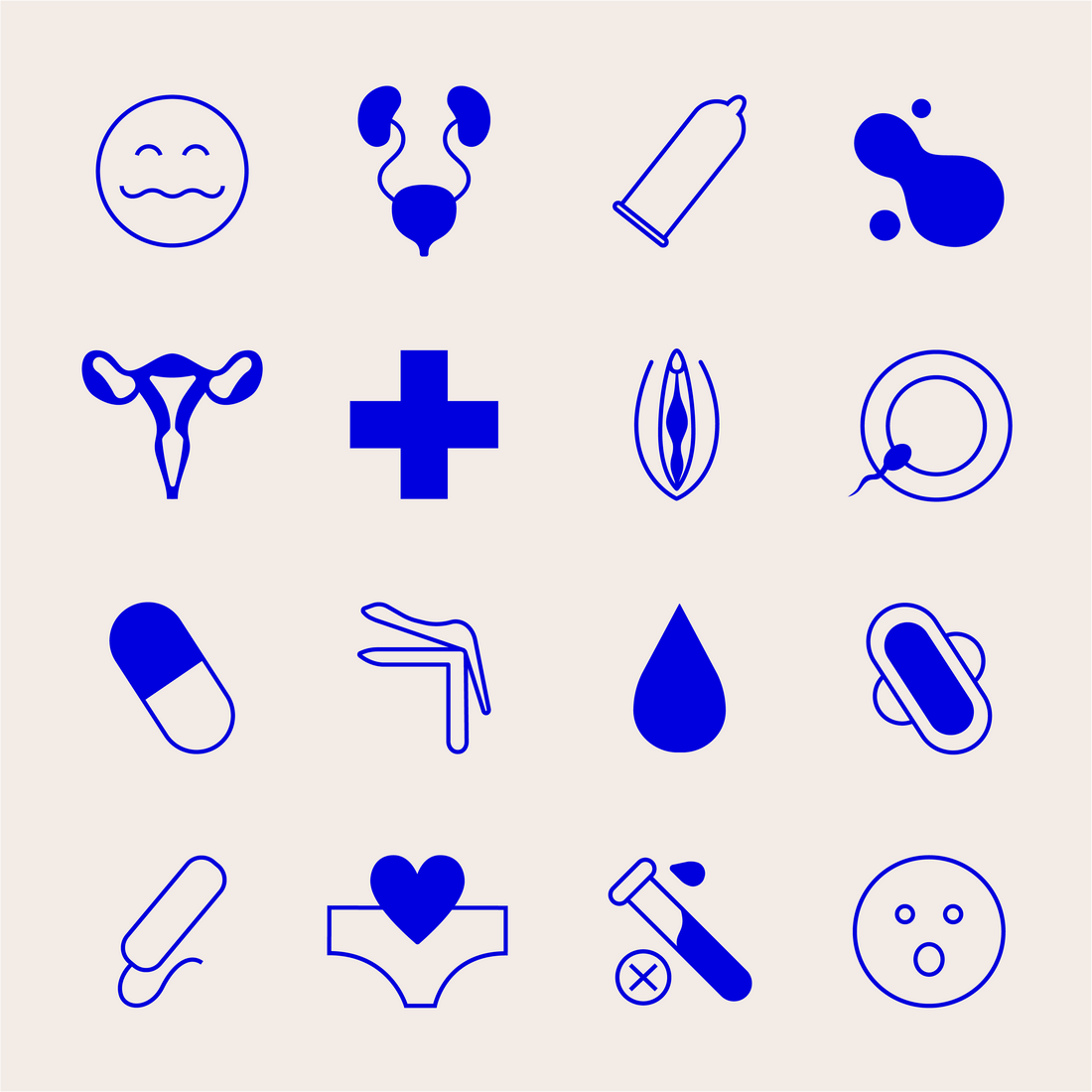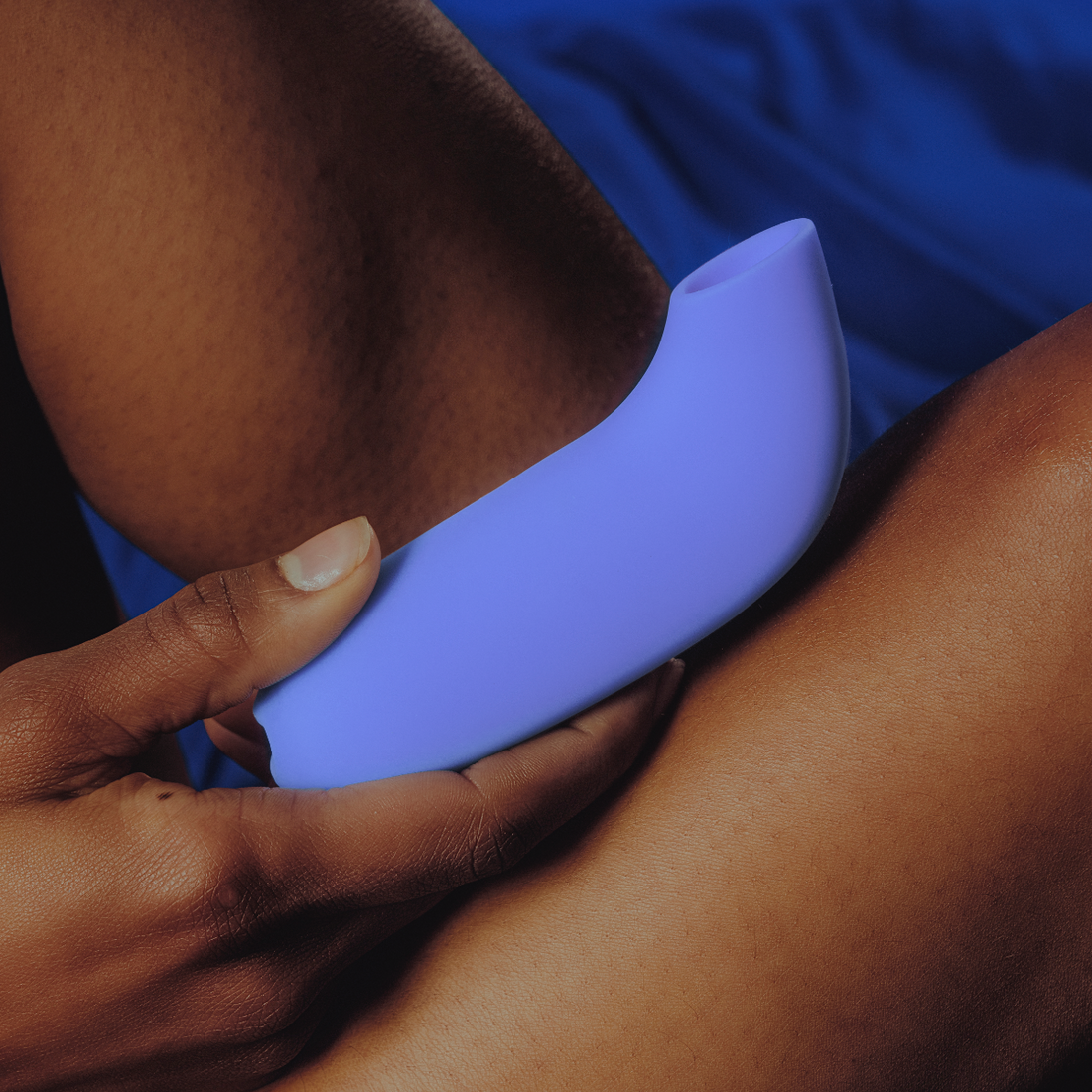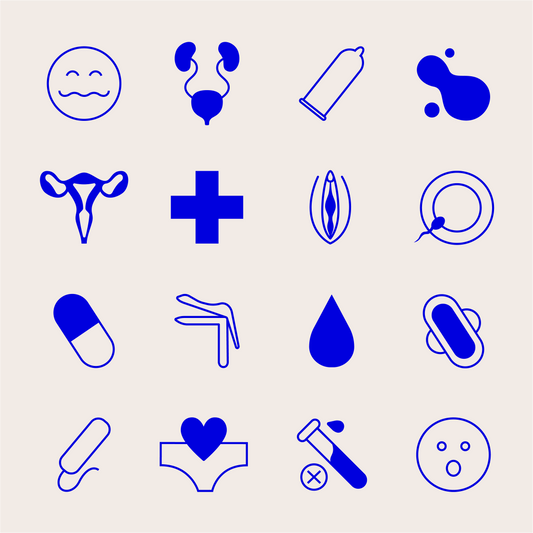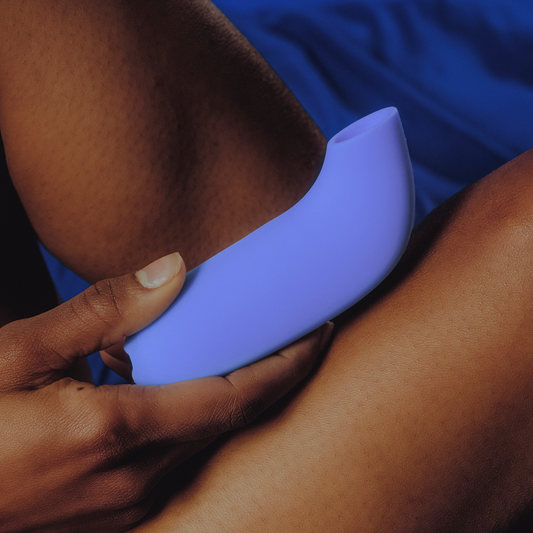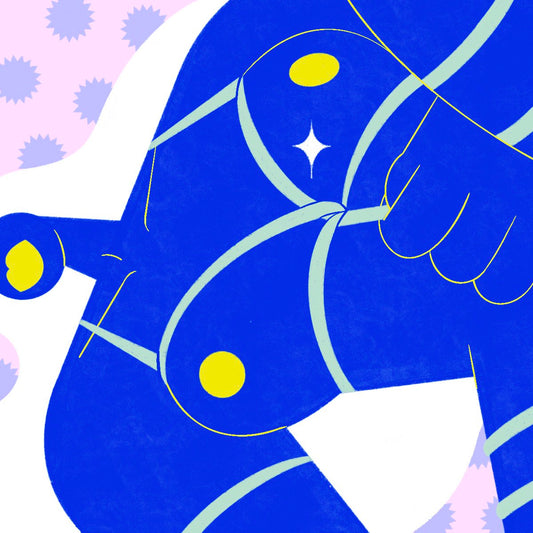The practice of BDSM is fascinating and nuanced. While I hate to bring up the obvious, Fifty Shades of Grey catapulted BDSM into the mainstream. They were seriously problematic, but the popular novels allowed what was once a shadowy sexual practice to fully blossom out in the open.
And it’s a good thing kink is becoming an integral part of our social norms, because there is a lot we can learn from kinky people – and I’m talking about a lot more than how to handle a crop. Many have pointed out the things that the kink community can teach everyone else, especially when it comes to negotiation and communication.
Whether the sex is kinky or “vanilla” sex, there are boundaries to discuss, safe words and limits to set, and constant check-ins between a Dominant and submissive partner. In BDSM the Dom is there for the sub, responsible for creating a safe space where the two of them can explore bondage, domination, submission, and even sadomasochism (BDSM).
Within this space (and carefully crafted BDSM play) is something kinky people know very well, but newbies may not: the practice of aftercare. Are you scratching your head thinking: What in the what is aftercare? That’s OK. We’re here to explain what aftercare is, why it’s important, and why we should consider engaging in it after all sexual experiences, kinky or not.
(If “aftercare” conjures images of inpatient or outpatient substance abuse treatment, that’s something very different; we’re not talking about drug use here. “Aftercare services” and “aftercare programs” are terms used to describe treatment for people with substance use disorders. We’re about to discuss a very different type of aftercare, which ensures partners’ well-being and health post-sex.)
What is aftercare?
Do you ever finish having sex and pop up to go about your day? Maybe you go to make lunch. Maybe it’s night time and you go straight to sleep. Perhaps it’s a quick kiss for your hook-up before ushering them out the door without so much as a coffee. Yeah, that shouldn’t happen in BDSM.
After a BDSM session, the Dom and sub participate in pre-negotiated aftercare. Aftercare is a vital component of the BDSM experience. “Aftercare is the activities or attention given to a partner after an intense sexual/BDSM/kink experience,” explains Goddess Aviva, a professional dominatrix and BDSM educator. These individual experiences are often referred to as “scenes,” and “the purpose of aftercare is to take care of our physical, emotional, and mental health after the intensity of a scene.”
Aftercare is an opportunity to show affection and say: “This was a good, healthy experience and we are here together in this moment.” Aftercare looks different for every couple (or group). It can include massages, cuddling, being left alone entirely, discussion or some combination, since every person’s needs are subjective and quite nuanced.
In the kink community, the Dom and sub lay out and understand the aftercare that will close the scene, before the scene begins. It makes the experience feel much safer, while keeping boundaries aligned for all parties involved. You might think of it as a “closing ceremony” that follows the scene.
Steven Ing MFT, a psychotherapist and sexuality expert, tells us that aftercare is an opportunity to discuss what you liked about the experience, what you would have done differently, and how you’re feeling. It’s a safe space that is free of shame.
Why is aftercare important?
BDSM scenes can be very intense. There can be gagging, whipping, flogging, bondage, and so on. With all of that fervor, scenes can leave you feeling all sorts of ways: exhausted, happy, nervous, even shameful. It’s a very-high high that can lead to very-low lows. These lows are called “drops” within the community.
A drop happens when you engage in this type of play and feel like crap afterwards; in vanilla sex, sexual health care professionals call it “postcoital dysphoria” and many of us know it as the “post-sex blues.” Drops are often known as “sub drops,” because they’re mostly felt by submissives who are having actions “done” to them.
Aftercare helps to mitigate these feelings and brings the sub back to earth in a safe way. It is a critical step in the creation of successful BDSM scenes. As with many sexy experiences, your brain chemistry goes a little crazy with all kinds of hormones during and after BDSM. “After a session, your brain chemistry is on fire,” explains Daniel Saynt, founder of the sex positive members-only club NSFW.
Depending on your level of skill in BDSM, your submissive’s nervous system will be experiencing a surge in endorphins, dopamine, serotonin and oxytocin, and spikes in testosterone and estrogen levels. “You’re activating both pain receptors and
Aftercare is for Doms, too
Aftercare isn’t just meant to soothe the submissive in a scene. It is equally as important for a Dom to engage in aftercare; no matter your role, human touch is essential in BDSM. The Dom sets the scene, but that doesn’t mean they aren’t emotionally engaged and left feeling vulnerable or raw in the aftermath of a scene. Additionally, Saynt points out that a recap of the experience can help a Dom improve their skills and create an even better experience the next time.
Aftercare can be for non-BDSM sex, too
Here is the kicker, y’all: Aftercare is not just for kinky folk. It is for everyone and can be practiced by everyone, no matter what the sexual experience might be.























